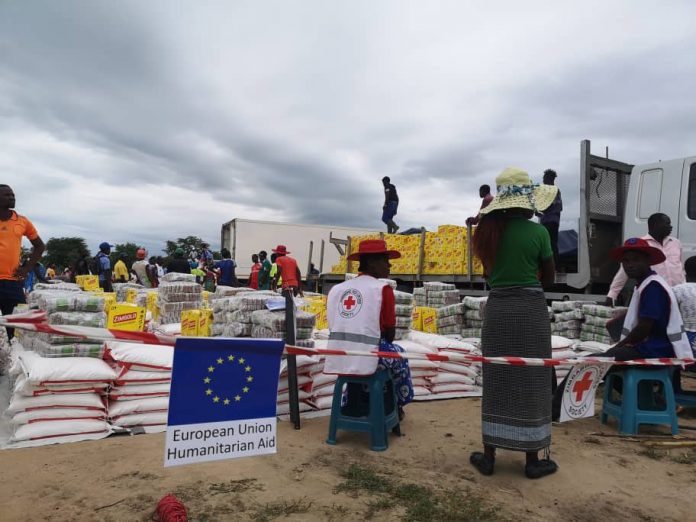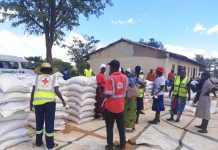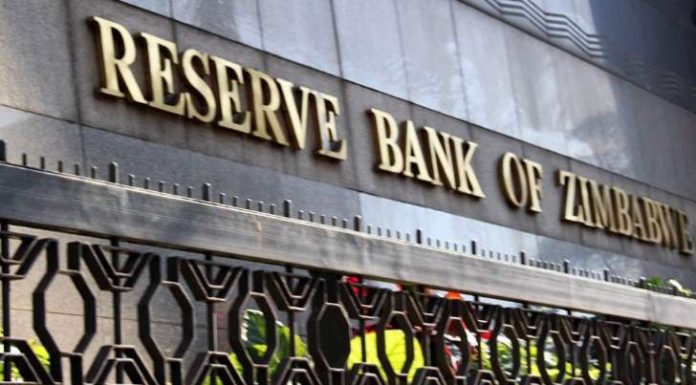Tawanda Marwizi
The Simchembu area in Gokwe North is tucked between Chizarira and Chirisa Game Parks.
Situated about 40 kilometers from the popular Gokwe growth point Chitekete, it has 36 wards and harbors a growing population of more than 40 000 people. With no room for expansion this has left the people with limited space for farming, increasing the risk of hunger.
The villagers now survive on wild fruits particularly the bird plum known as nyii in Shona.
Though the area is known for cotton farming, the crophas not been yielding much for the villagers. They are now calling for the resizing of the two game parks so that they can get enough land. تريكس
Rodwell Ncube who resides in Simchembu 3 ward 31, said that the situation had been compounded by the drought.
“We are surviving on wild fruits now with the drought. We don’t have enough land because everyone including the youth is relying on the same piece of land. We are calling on the government to consider reducing the size of the two game parks so that we can get land here,” he said.
The community’s proximity to the two game parks has exposed them to wildlife.
Some villagers have seen their crops being destroyed by the animals.
Tinotenda Muranga who resides a few kilometers from the boundary with Chirisa game park said most of his crops are destroyed by the animals.
“There are animals that always feast on our crops and that has left a huge gap for us as villagers,” she said.
The villagers say that education pass rates are good but most parents cannot afford to pay for further education for their children.
Local village head Samson Siyamutenge is calling for government intervention as he says people are surviving by the grace of God.
“There is no food in this area because people do not have enough space for farming. Since our relocation from the Zambezi Valley in 1957 we have not been allocated to enough land,” he said.
Local Councilor for ward 31 Mazhambe Sibanda said the people felt neglected.
“Now things are getting out of hand because there is no food here, people have no meaningful land to farm. We have few schools offering A-Levels here and early child marriages are high in this area. After finishing school, children have nothing to do but to get married,” he said.
Their situation has been made worse by poor road networks.
“There is no food, and road networks here are bad. It takes two hours for us to get to Chitekete but its only 40 kms from here. That is so pathetic,” he said.
Last week the villagers thronged Simchembu 3 Clinic in numbers to get food items distributed by the Zimbabwe Red Cross Society (ZRCS) under their Emergency Assistance to Communities in Zimbabwe.
With the support of the Finnish Red Cross (FRC), Danish Red Cross (DRC) and the European Union – Humanitarian Aid the food aid programme is reaching out to over 76,500 people across Gokwe North, Binga and Siakobvu Districts.
According to the Zimbabwe Vulnerability Assessment Committee (ZimVAC) the country is in a food security crisis. In June 2019 21 percent of the rural population (5.5 million people) was food insecure and by January to March 2020 this figure is expected to rise to 59 percent (15.5 million people).
This protracted crisis has its roots in 2016 when Zimbabwe faced an El Niño induced drought that affected the 2017-2018 cropping cycle, leaving 2,423,568 people food insecure. While the country was still trying to recover from this shock, the 2018-2019 cropping also suffered significantly due to erratic rainfall, high costs of inputs and fall army worm combined with the impacts of Tropical Cyclone Idai in parts of the country, which led to the current crisis. مسابقات ربح حقيقية
Responding to the crisis, ZRCS and its partners proposed a 9- month long intervention strategy that aims to provide for the essential needs of the most vulnerable communities in Kariba in Mashonaland West, Gokwe North in Midlands, and Binga in Matebeleland North to support them over the expected critical food-insecure period from October 2019 to January 2020.
The organisation’s secretary general Maxwell Phiri said the action aims to ease the food crisis that has hit most rural people.
“The action aims to alleviate the impact of the food security crisis on the most vulnerable population by addressing immediate household needs with cash-based interventions (CBI) mainly through prepaid cards but combined with cash- in- hand, if prepaid cards turn out not to be feasible in certain target area. As a contingency, if markets are found to be nonoperational in-kind assistance will be introduced,” he said.
This project is implemented by a consortium established between Zimbabwe (ZRCS), FRC, and DRC and is a continuation of similar projects successfully implemented in the region. The FRC, together with DRC are long-term programmatic partners of ZRCS with sustained cooperation for over a decade. اليورو 2024 مباريات










